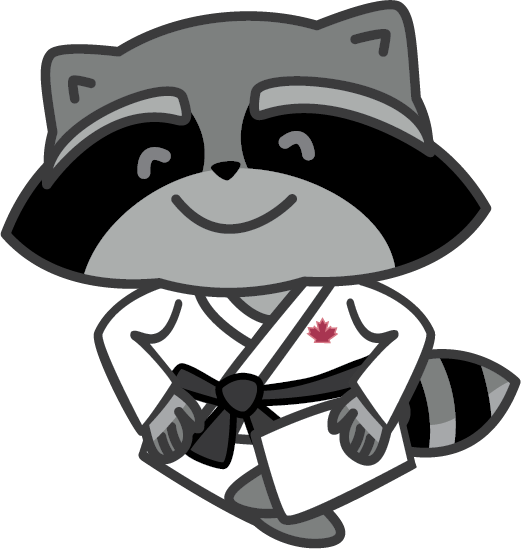

Taekwondo is a martial art focused on striking and athletic performance, while Judo centers on throws and opponent control with a technical and strategic approach.
Taekwondo :
Taekwondo originated in Korea and means “the way of the foot and the fist.” Spectacular kicks and mental discipline are at the heart of this martial art. It emphasizes self-defense, athletic performance, and personal development.
Kicks — often high and acrobatic — are the primary weapons of practitioners, followed by punches and blocks.
Taekwondo includes forms (katas or poomsae) to practice techniques.
Competitions focus on sparring matches and form demonstrations.
Points are awarded for controlled strikes, especially with the feet.
The focus is on speed, precision, and strategy.
Practitioners wear a light uniform called a dobok, usually white, with a belt indicating rank.
Protective gear is mandatory in competitions — including helmet, chest protector, shin guards, among others.
Matches require distance between fighters to allow for quick, precise strikes and evasions.
Taekwondo competitions emphasize impact and accuracy.
The art promotes respect, perseverance, and integrity, influenced by Korean values and a philosophy of peace.
Judo:
Developed in Japan by Jigoro Kano, Judo means “the gentle way.” It focuses on using the opponent’s energy to control them, with an emphasis on throws, mutual respect, and character development.
Throwing techniques (nage-waza) are used to bring the opponent to the ground.
Ground control (osaekomi-waza), joint locks (kansetsu-waza), and strangles (shime-waza) are practiced.
In judo, the distance between athletes is very close, allowing for grips and throws.
The heart of judo lies in control and using the opponent’s force. No strikes or punches are allowed.
Competitions focus on shiai (combat), where points are scored by throwing the opponent onto their back (ippon) or controlling them on the ground.
Many rules are in place to promote fast-paced matches.
The judo uniform is called a judogi, made from thick cotton to withstand gripping.
Judo develops strength, balance, and mastery of throws.
The goal is to control the opponent with minimal force while improving one’s moral character. No protective gear is needed.
Judo emphasizes ethics and humility, and is based on three core principles:
Mutual respect, Cooperation and Collective prosperity.

